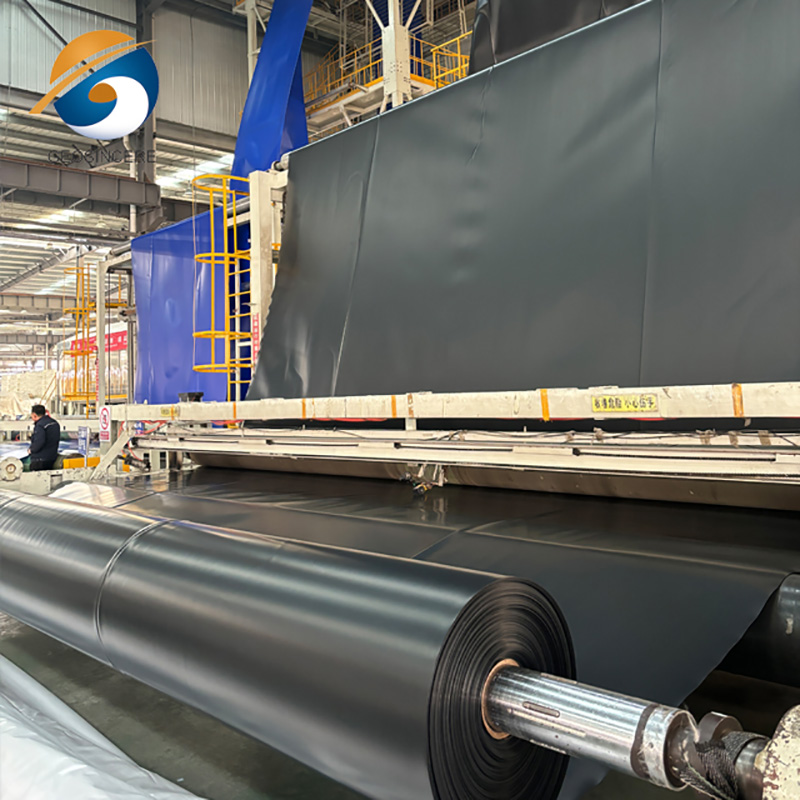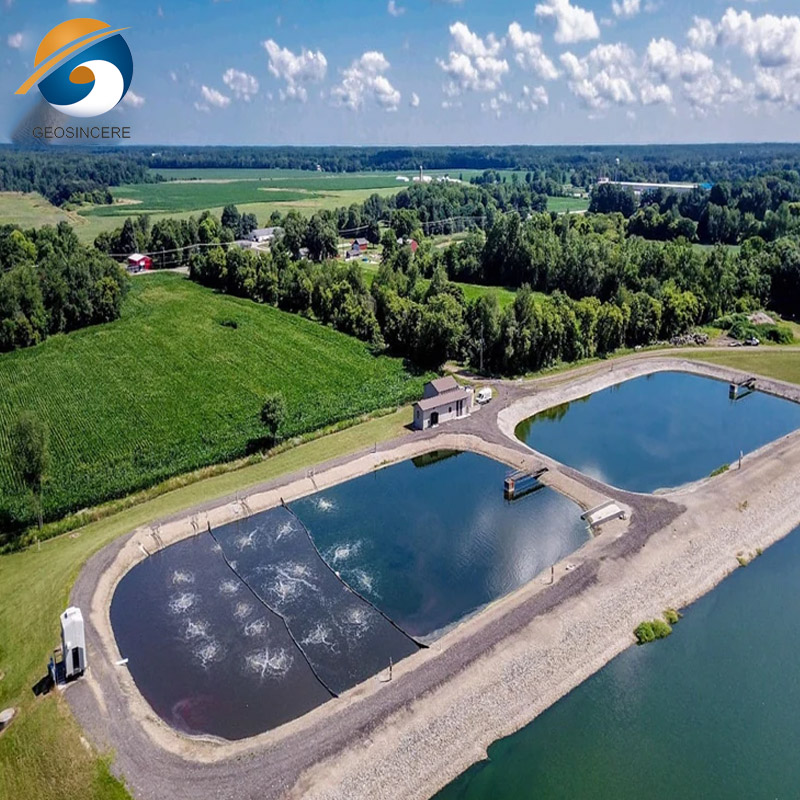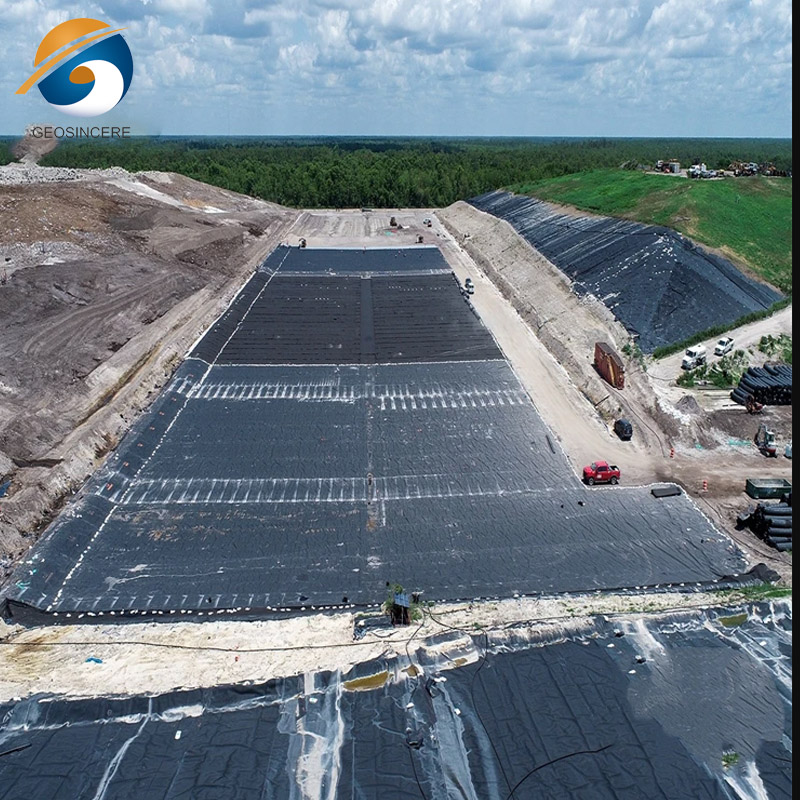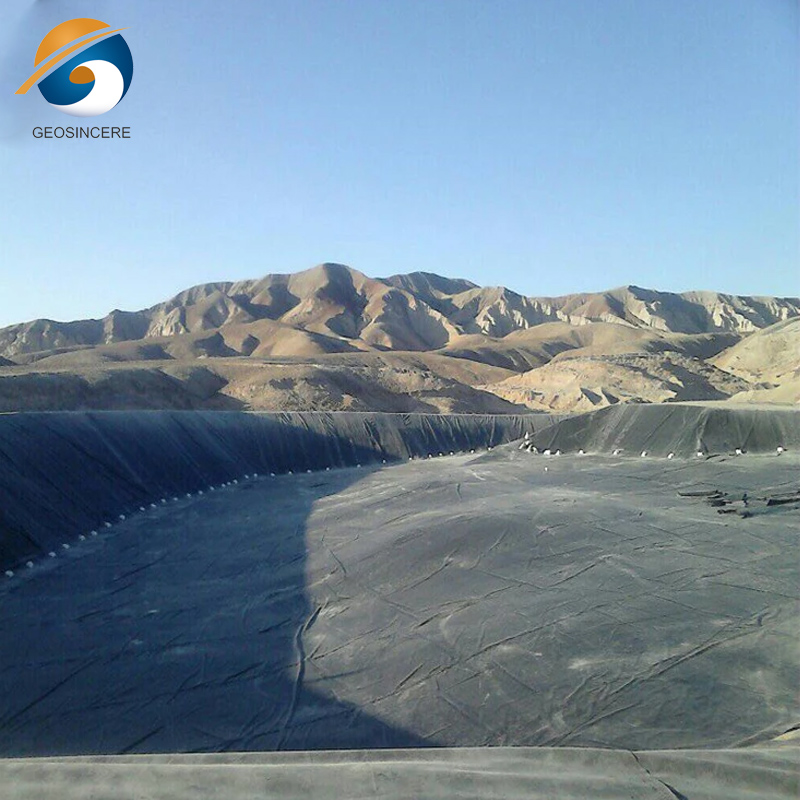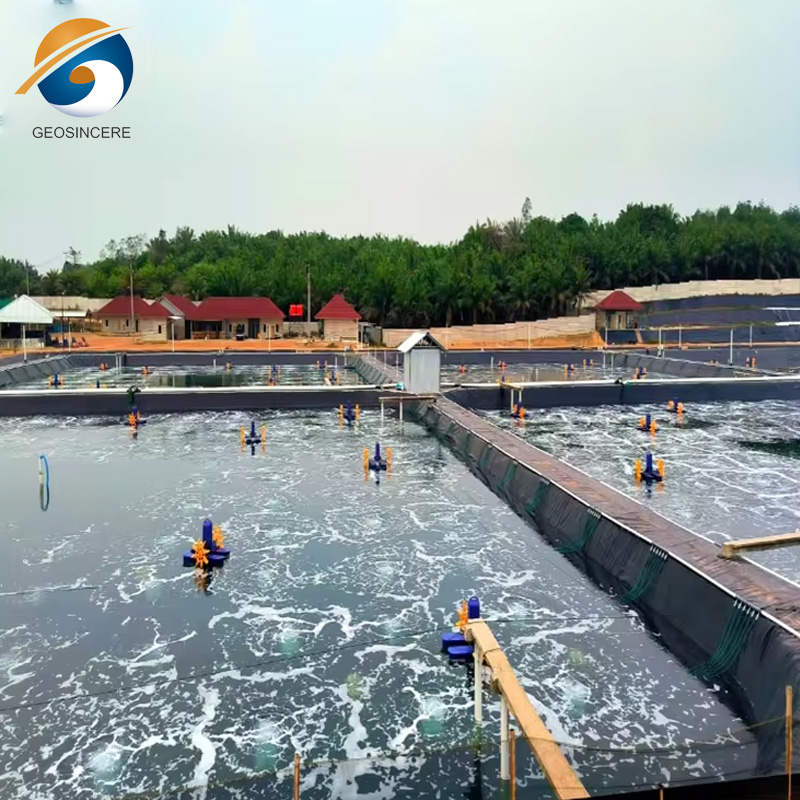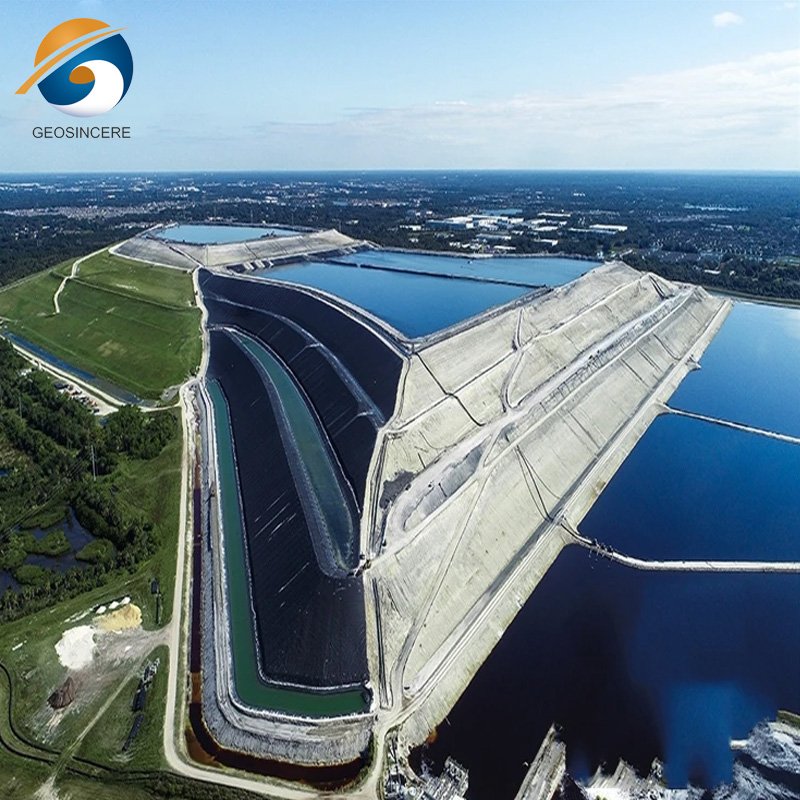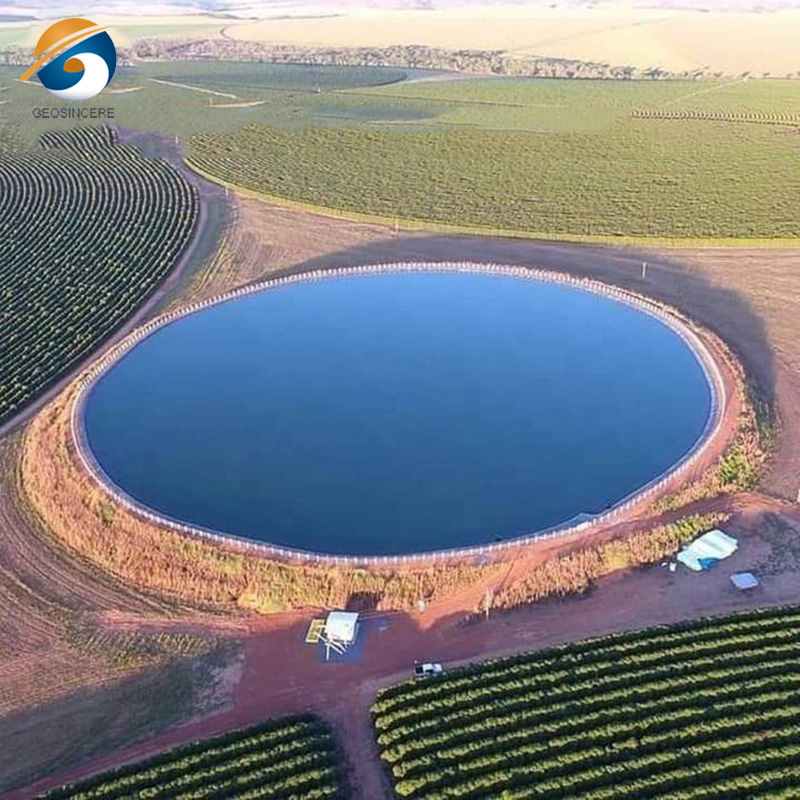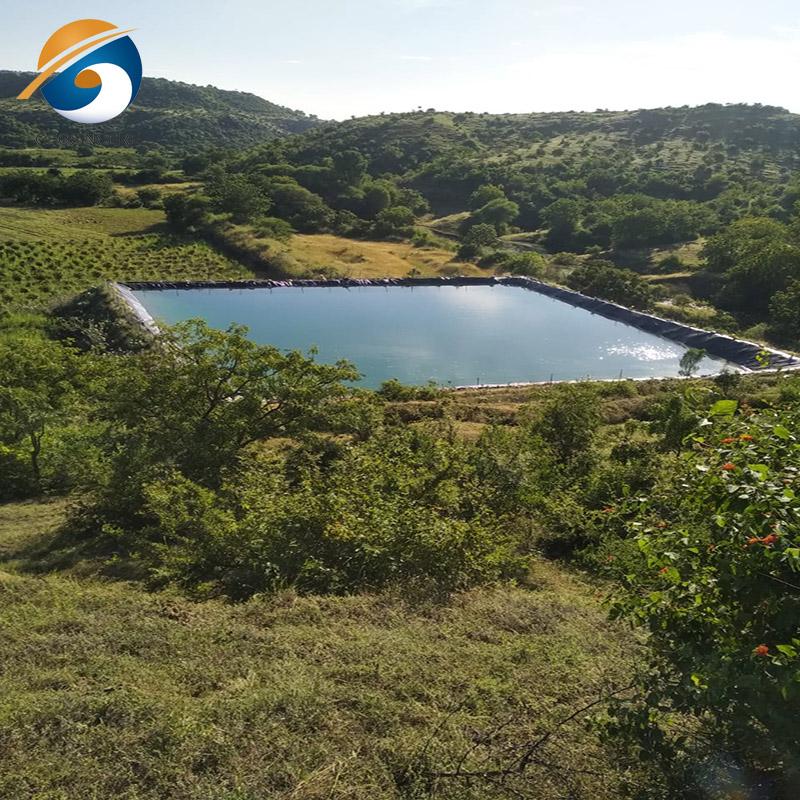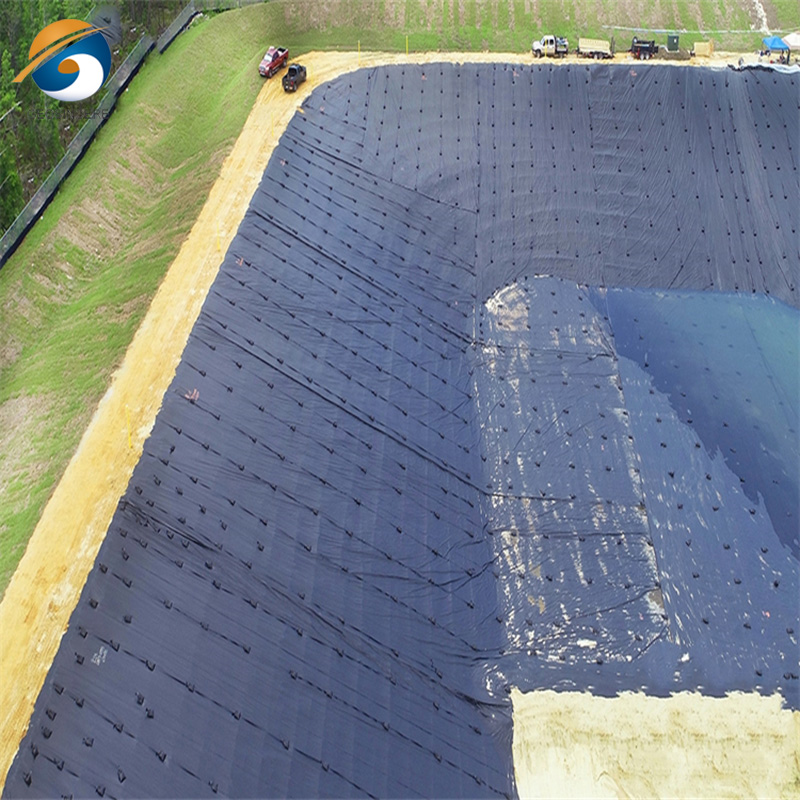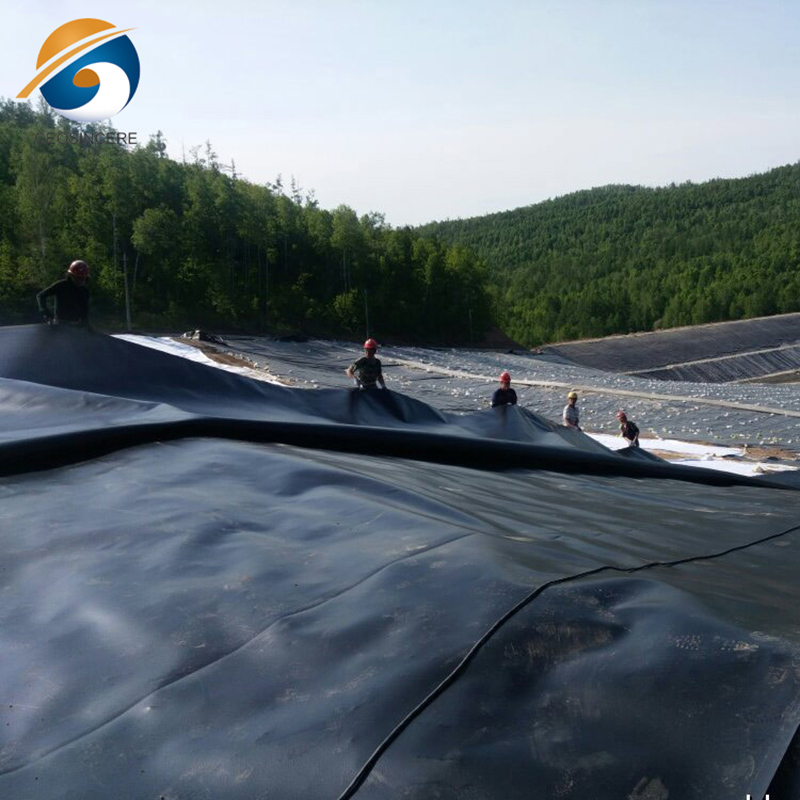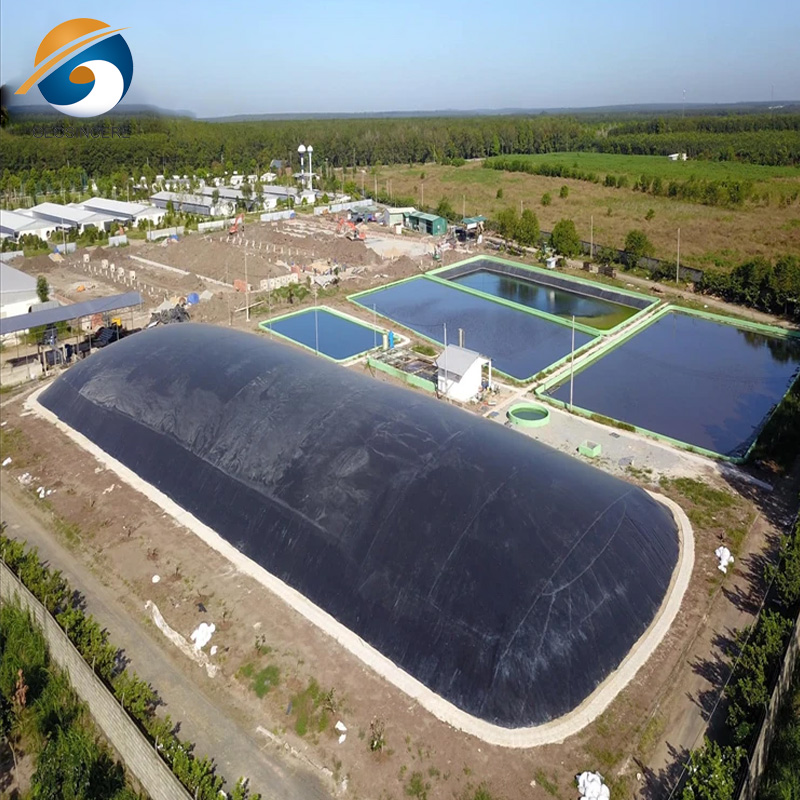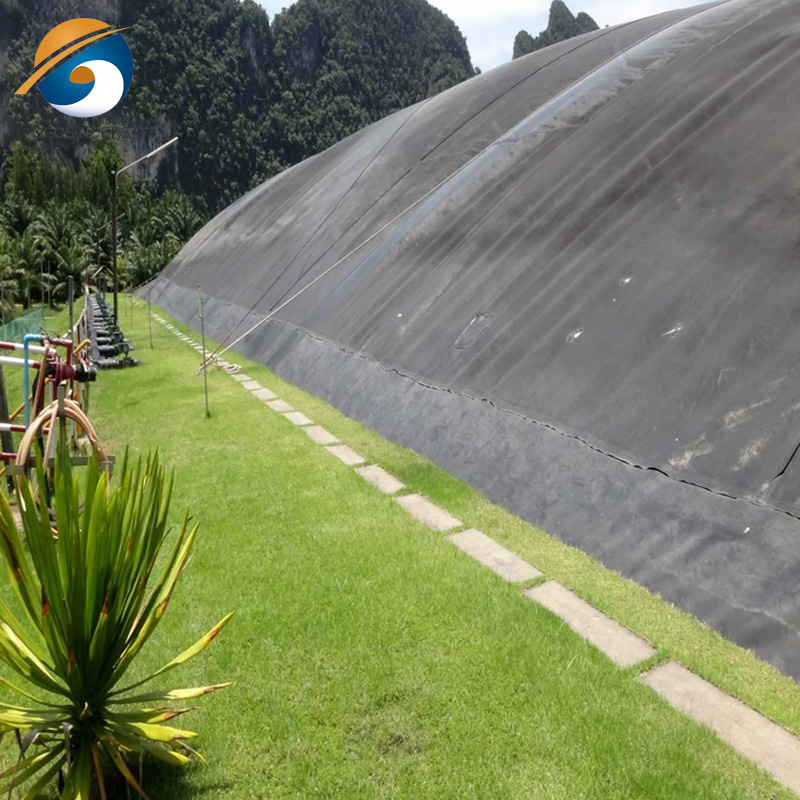How are HDPE Geomembranes Revolutionizing Environmental Protection?
Transforming Environmental Conservation through Innovative Geomembrane Solutions.
In the realm of environmental protection, the emergence of high-density polyethylene (HDPE) geomembranes has brought about a revolutionary shift.These innovative synthetic liners have proven to be a game-changer in various applications, offering unparalleled durability and impermeability. From waste containment to water resource management, HDPE geomembranes are transforming the way we safeguard our environment. This article delves into the multifaceted ways in which geomembranes are revolutionizing environmental protection.
1. What is HDPE Geomembrane?
HDPE geomembrane refers to a type of geomembrane made from high-density polyethylene (HDPE) material.Geomembranes are synthetic liners or barriers used in various environmental engineering applications to control fluid or gas migration, prevent seepage, and provide containment solutions. HDPE geomembranes are highly flexible, durable, and resistant to chemicals, making them suitable for a wide range of environmental protection projects applications.
HDPE geomembranes are available in different thicknesses, ranging from 0.5 to 3.0 millimeters, to suit specific project requirements.As the professional geomembrane manufacturer and supplier, GEOSINCERE offers gemembrane liners with different types and thickness for various applications at best factory price.
HDPE geomembranes are a crucial component in environmental engineering, providing effective containment and protection against environmental hazards, ensuring the integrity of structures, and contributing to sustainable waste management and water resource conservation.
2. Environmental Protection of HDPE Geomembrane in Different Applications
2.1 Waste Containment and Landfills
HDPE geomembranes have revolutionized waste containment practices, particularly in the management of landfills. With their exceptional impermeability, these liners act as robust barriers, preventing the leaching of hazardous substances into the surrounding soil and groundwater.This plays a crucial role in minimizing environmental contamination and protecting ecosystems and public health.
- Geomembranes act as impermeable barriers, preventing the leaching of hazardous substances into soil and groundwater.
-Geomembranes provide a durable and long-lasting barrier, reducing the risk of waste leakage over time.
-Geomembranes help prevent the pollution of soil, which can affect agricultural productivity and ecological balance.
- Geomembranes minimize environmental contamination, protecting ecosystems and public health by ensuring safe waste containment in landfills.
- Geomembranes provides a reliable and sustainable solution for preventing pollution, preserving natural resources, and safeguarding the well-being of ecosystems and human populations.
2.2 Water Resource Management
Geomembranes have revolutionized water resource management by offering effective solutions for preventing seepage and enhancing water storage efficiency in various applications.They are extensively used in the construction of reservoirs, ponds, and canals to prevent seepage and facilitate water storage. The use of geomembranes in water resource management has revolutionized the field by minimizing water loss, conserving water, and promoting sustainable utilization.
- Geomembranes are extensively used in the construction of reservoirs, ponds, and canals to prevent seepage and enhance water storage efficiency.This is particularly crucial in regions where water scarcity is a significant concern.
- Geomembranes revolutionize water resource management by conserving water and promoting sustainable utilization.
-By preventing seepage, geomembranes ensure the availability of clean water for various purposes.They minimize water loss to the greatest extent possible
-In agriculture, they contribute to efficient irrigation systems by reducing water loss and promoting water conservation.
-They are utilized in the construction of water storage facilities, such as reservoirs and tanks, to prevent contamination and maintain water quality.
-They prevent water seepage and enable efficient water storage, reducing the need for excessive water extraction and promoting sustainable industrial practices.
2.3 Environmental Remediation
In the realm of environmental remediation, HDPE geomembranes have emerged as a crucial component in containing and isolating contaminants. They are utilized in the construction of capping systems for contaminated sites, effectively preventing the spread of pollutants and facilitating the remediation process. The exceptional durability and chemical resistance of HDPE geomembranes offer a cost-effective and efficient solution for mitigating the environmental impact of contaminated areas.
- Geomembranes play a crucial role in environmental remediation projects by containing and isolating contaminants.
- They are used in the construction of capping systems for contaminated sites, preventing the spread of pollutants and facilitating remediation efforts.
- Geomembranes revolutionize environmental cleanup by providing a cost-effective and efficient solution for mitigating the impact of contaminated areas.
-The geomembrane acts as a protective barrier, minimizing the migration of contaminants through soil or groundwater pathways.
-Geomembranes provide a more practical and economical solution.
-Geomembranes can be tailored to specific project requirements, including the type of contaminants and site conditions. Ensures optimal performance in addressing the specific challenges of each site.
2.4 Erosion Control and Slope Stability
HDPE geomembranes play a pivotal role in erosion control and slope stability measures. By reinforcing slopes and preventing soil erosion, these liners contribute to the preservation of natural landscapes and the prevention of sediment runoff into water bodies.Geomembranes provide long-term stability, reducing the need for frequent maintenance and minimizing ecological disturbances.
- Geomembranes contribute to erosion control and slope stability measures by reinforcing slopes and preventing soil erosion.
- They help preserve natural landscapes, minimize sediment runoff,protection of water quality and aquatic habitats.
- Geomembranes revolutionize erosion control by providing long-term stability and reducing the need for frequent maintenance, minimizing ecological disturbances.
-By preventing direct contact between the soil and erosive agents, geomembranes help minimize soil erosion and the subsequent loss of fertile topsoil.
-They are highly durable and resistant to environmental factors such as UV radiation, chemicals, and biological degradation.
2.5 Renewable Energy Applications
With the growing emphasis on renewable energy sources,geomembranes have found application in sectors such as solar energy and biogas production. They play a crucial role in ensuring efficient and sustainable energy generation. In solar installations, geomembranes are used as protective barriers in the construction of solar ponds and reservoirs. They prevent water seepage, enhancing the efficiency and longevity of solar energy systems. In biogas production facilities, these liners are utilized in anaerobic digesters to contain and capture biogas, a valuable renewable energy source.
- Geomembranes find application in renewable energy sectors, such as solar energy and biogas production.
- They are used as protective barriers in the construction of solar ponds and reservoirs, preventing water seepage and enhancing the efficiency of solar energy systems.
- In biogas production facilities, geomembranes are utilized in anaerobic digesters to contain and capture biogas, a valuable renewable energy source.
- Geomembranes revolutionize renewable energy applications by enabling efficient and sustainable energy generation.
3. Conclusion
HDPE geomembranes have ushered in a new era of environmental protection, offering unmatched durability, impermeability, and chemical resistance. Their significant impact on waste containment, water resource management, environmental remediation, erosion control, and renewable energy projects is reshaping the way we preserve and safeguard our planet. As the advancements in HDPE geomembrane technology continue to unfold, the potential for even greater environmental benefits grows. By harnessing the power of HDPE geomembranes, we are paving the way towards a sustainable future and ensuring the long-term well-being of our ecosystems.

